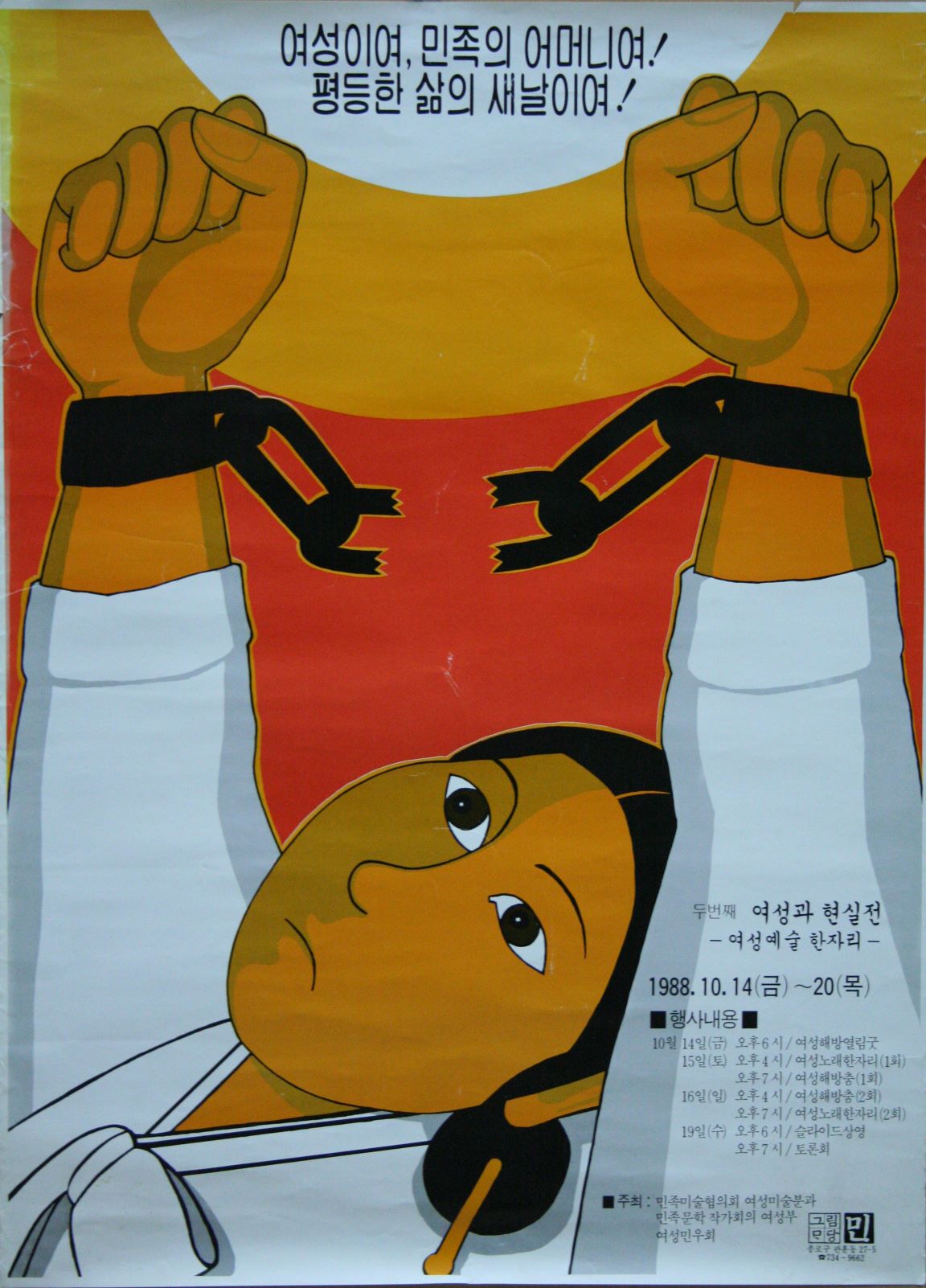
The second Women and Reality Exhibition, Poster, Image provided by Kim Insoon
Women and Reality
* Source: Multilingual Glossary of Korean Art. Korea Arts Management Service
Related
-
![Women's art [yeoseong misul]](/admin/uploadGoods/87afde62-e10f-4272-96f4-4d55236089bb.jpg)
Women's art [yeoseong misul]
Yeoseong misul, or "women's art," is a term that distinguishes artworks that are produced by women from those of men. It is also an umbrella term for "yeoryu misul" and feminist art that emerged in the history of Korean art in the twentieth century. In modern Korea, works of art created by women were referred to as "yeoryu misul" to distinguish between the genders, implying that women's work was inferior to men's. Until the 1970s, the term yeoryu misul was used to separate and disparage women within the male-dominated mainstream art world, but it also came to mean art by women artists that incorporated women's experiences and perspectives. In the 1980s, the Women's Art Research Society [Yeoseong misul yeonguhoe], organized within the Minjung art movement, began to use the term “yeoseong misul” anew. The women artists rejected the term “yeoryu misul,” which disparaged women's work, and wanted to resist the Western ideas of feminist art, which were not in line with Korean conditions. They devised the term yeoseong misul as an alternative. Oh Hyejoo and Min Hyesook defined yeoseong misul as distinct from yeoryu misul, and the former was not merely an expression of femininity but rather art for the liberation of women oppressed by gender and class. In the 1990s, criticism and discussion of the concept of yeoseong misul expanded. Park Shineui agreed with the view that women's issues are issues of all human beings, however, she argued that it is necessary to move away from the rigid thinking within the Minjung art movement that equates yeoseong misul with the liberation movement of working-class women. She also urged that Minjung art should move beyond a limited form of realism and develop diverse mediums and also criticize patriarchal issues within the art world. Kim Hong-hee distinguished between the yeoseong misul born out of the context of the 1980s Minjung art movement and the yeoseong misul that emerged in the context of postmodernism in the early 1990s. Later generations, however, criticized the error of evaluating Korean yeoseong misul based on 1970s feminist art in the United States. They argued that Korean yeoseong misul is a manifestation of feminism itself, which opposed the male-dominated culture, and asserted that it is an independent feminist art that cannot be confined to concepts like yeoseong Minjung misul or Minjung art.
-
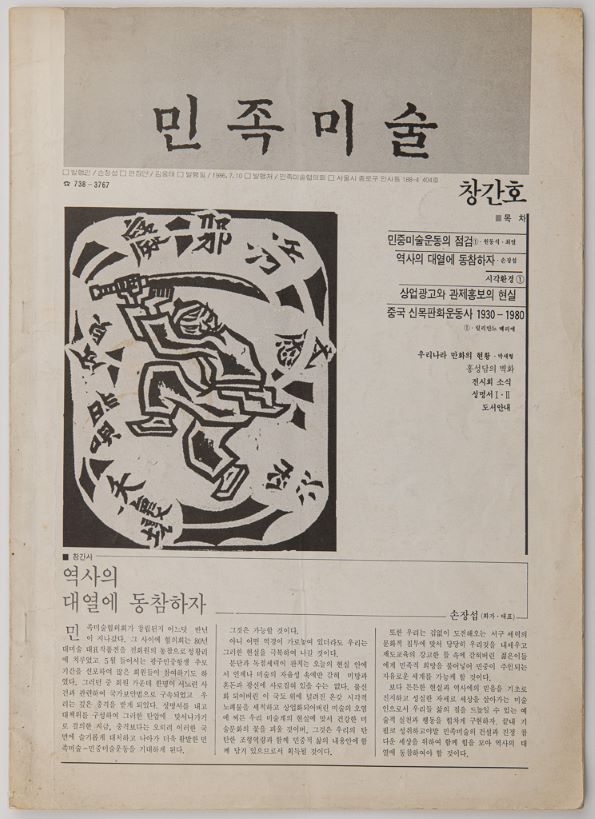
National Art Association
An art association established in November 1985 by a collective of grassroots artists, and often also referred to as Minmihyeop. The association sought to organize artists and groups who represented the different movements within Minjung Art and to represent their varied ideas and interests. In 1995, the original association was reformed into the National Korean People’s Artists Association [Jeonguk minjok misurin yeonhap]. In turn, this was the predecessor of the Korean People’s Artists Association [Minjok misurin hyeophoe], a corporation founded in 2000.
-
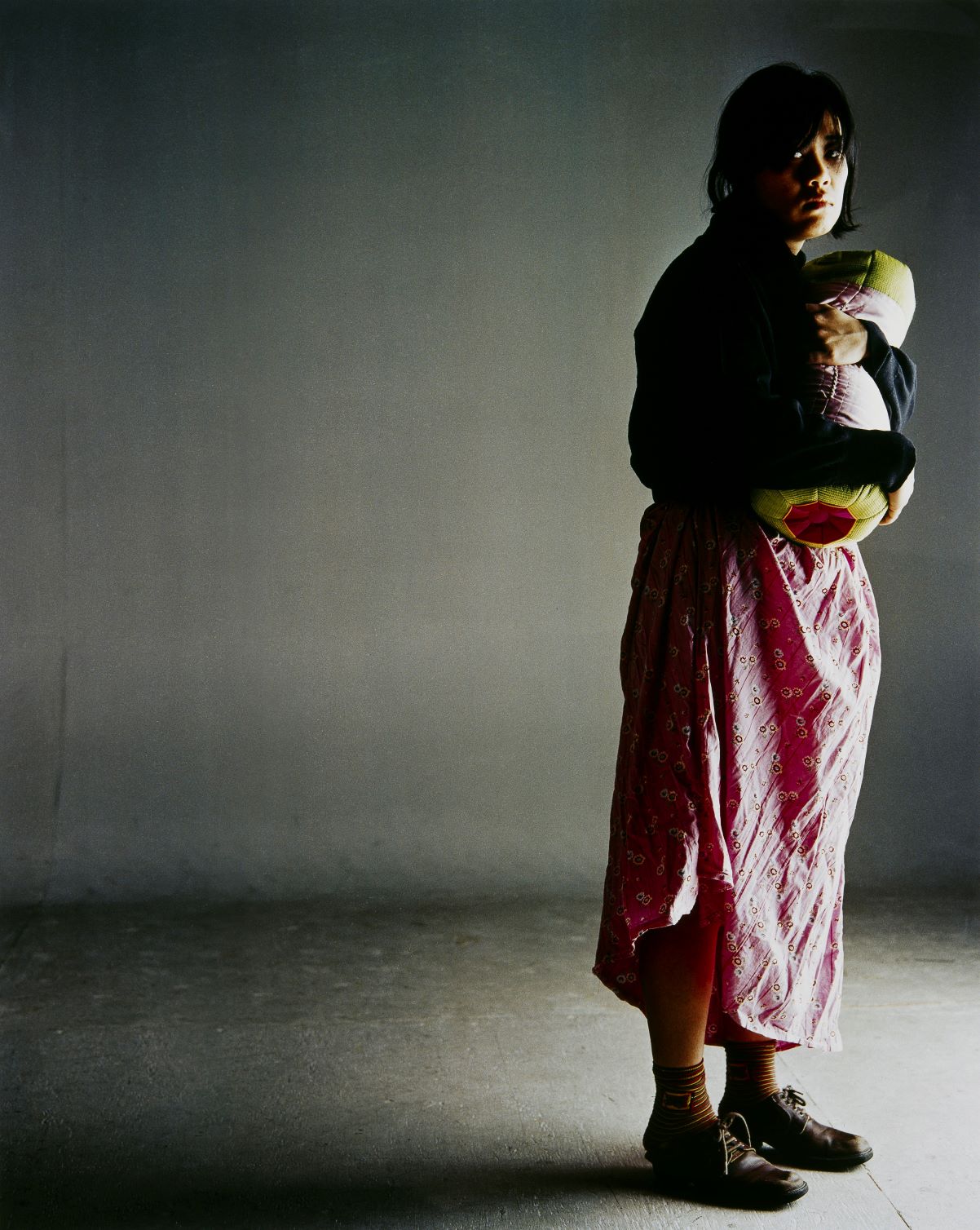
Feminist art
Feminist Art refers to any art practice conducted with a feminine consciousness and gender equality awareness. Emerging in the 1970s in the West and in the 1980s in South Korea, Feminist Art is mainly themed around awareness of gender-discriminatory culture, feminine sensibility, and femininity, all of which have been explored by feminist artists. Feminist Art has become a revolutionary force in expanding the definition of art by incorporating new media and perspectives into established art. It was also applied to a variety of fields, including painting, performance, photography, installation, new media, film, and craft. Korean Feminist Art came into being in the mid-1980s by female Minjung artists, such as Kim Insoon, Kim Djin-suk, Yun Suknam, Park Youngsook, and Jung Jungyeob. From the 1990s onward, it evolved with a new generation of artists, including Lee Bul, ium, and Ahn Pilyun, who were influenced by postmodern culture, as main figures. A curator and administrator, Kim Hong-hee organized several exhibitions such as Women, the Difference and Power held in 1994, provided direction for Feminist Art through her research publications including Women and Art (Seoul: Noonbit, 2003), and discovered young artists. The most prominent Feminist artists in the 1990s were Yun Suknam, Park Youngsook, and Lee Bul. Young Feminist artists, who have been leading Feminist Art since the 2000s, include Song Sanghee, Yang Haegue, Chang Jia, and siren eun young jung. Ipgim, a feminist art collective that has been committed to social activism and artistic practices, organized seven of its own projects from 2000 through 2006.
Find More
-
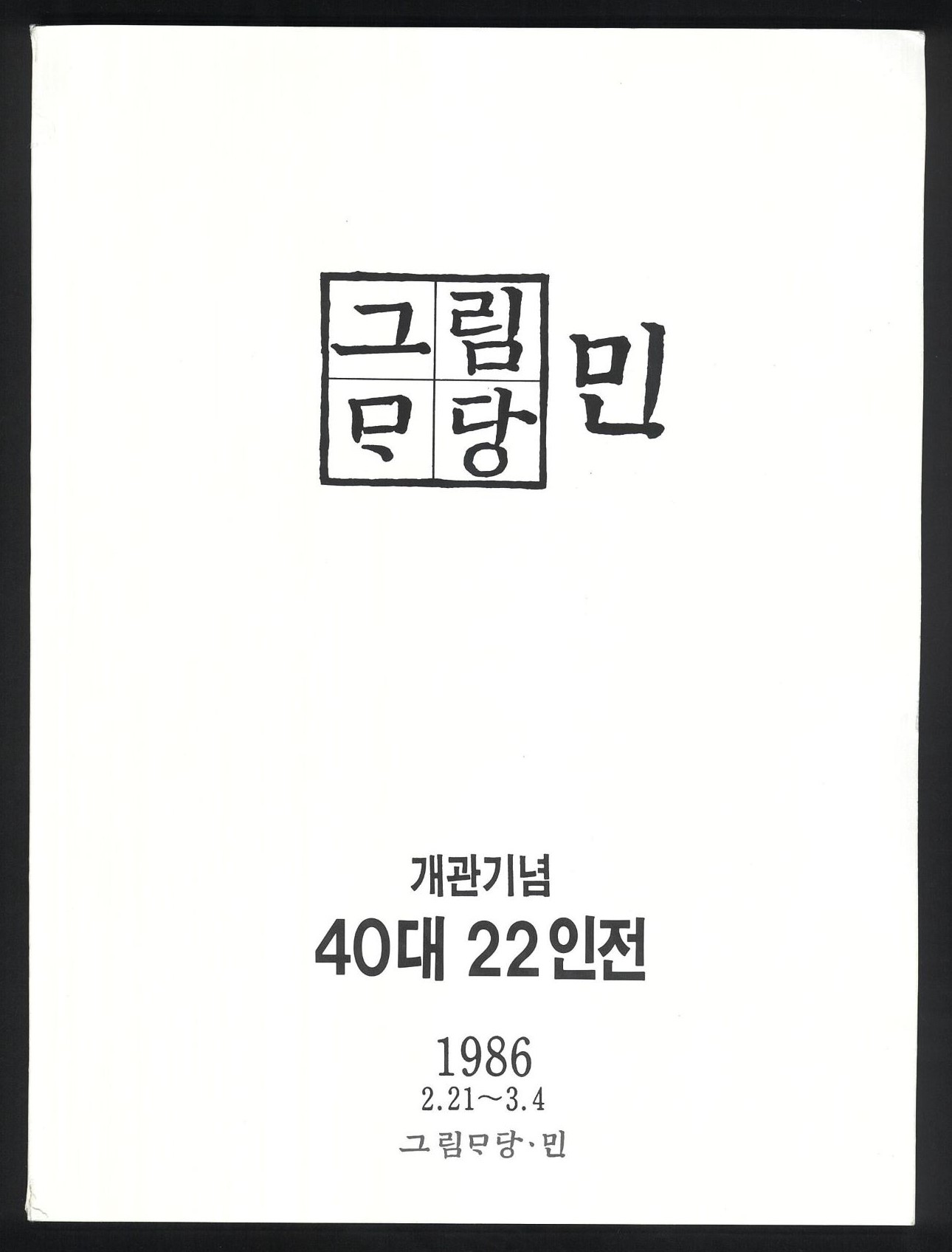
Min Art Gallery
A notable exhibition space for minjung art that was established in 1986 by the National Art Association. The gallery formed during heightened political tensions after the military dictatorship’s censure of the The Year 1985, Power of the Art by the Twenties exhibition, which was held in 1985. The gallery hosted the Bangomunjeon, a direct critique of political reality, and it also held feminist art exhibitions such as the Women and Reality exhibitions from 1987 to 1993, which were organized by the Women’s Art Research Society [Yeoseong misul yeonguhoe]. In addition to art exhibitions, the gallery hosted film festivals, seminars, and educational programs as well as serving as a venue for discourse on the future direction of minjung art. After minjung art lost momentum in the beginning of the 1990s, financial difficulties caused the gallery to close in 1994.
-
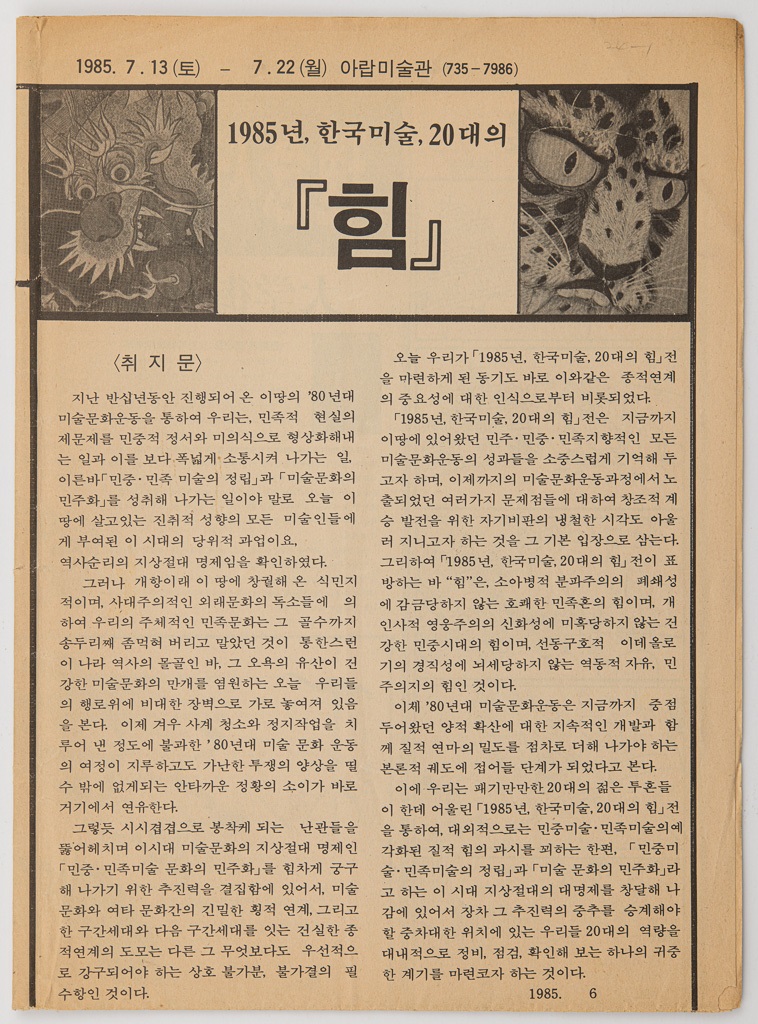
Power of the Art by the Twenties
Power of the Art by the Twenties was held at the Arab Museum in Seoul and sponsored by the Seoul Art Coalition in 1985. The exhibition was intended to “visualize issues of people’s reality in terms of the people’s sentiment and aesthetics.” Thirty-five artists submitted works based on their critical views of reality. On the eighth day, the police demanded to shut down the exhibition, and when this demand was refused the police forcefully removed the artworks. The exhibition curator and artists organized a task force called the “Power Exhibition Suppression Committee” to stand up to this police action, and nineteen artists and visitors were arrested during the demonstration. This incident triggered the establishment of the National Art Association [Minjok misul hyeopuihoe] as a hub for activist art movements, and the foundation of an exhibition space called Min Art Gallery [Geurim Madang Min] in Insa-dong, Seoul in 1986.
-
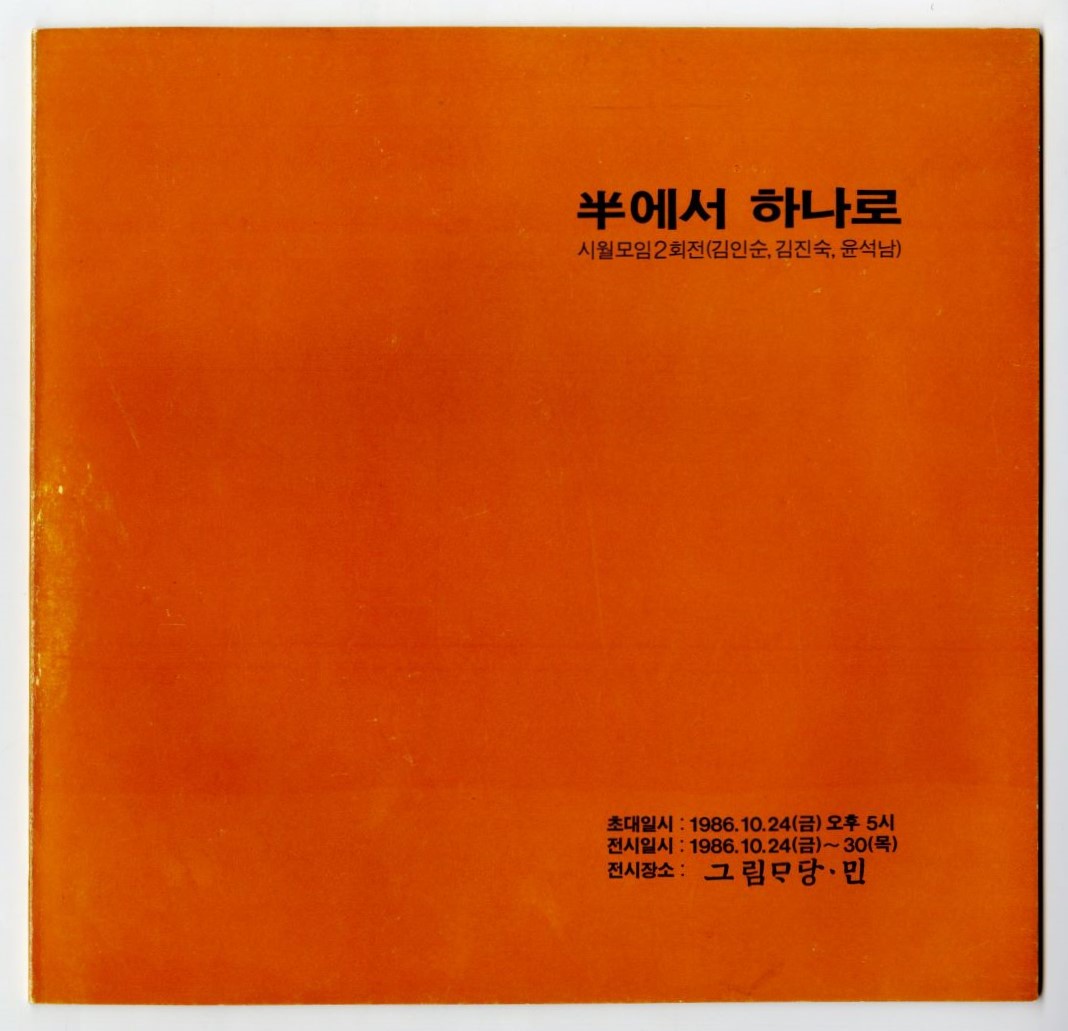
October Gathering, From Half to Whole
The second exhibition of the October Gathering [Siwol Moim], which was held in 1986 at Min Art Gallery [Geurim Madang Min]. The October Gathering was an art organization formed in 1985 by Kim Insoon, Kim Djin-suk, and Yun Suknam. The inaugural exhibition was held at the Kwanhoon Gallery. Unlike the inaugural exhibition, which explored the subject of of laborers and farmers, the second exhibition featured works such as Kim Insoon’s Good Wife and Wise Mother, Kim Djin-suk’s Camomile, and Yun Suknam’s Even I Had Ten Hands. In doing so, the exhibition explored the oppression and discrimination common to many women within Korean patriarchal society. This exhibition is seen as the first organized attempt in the Korean contemporary art scene to foreground a feminist perspective.






